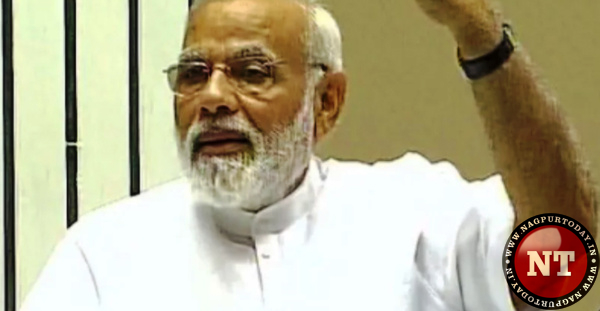On November 8, 2016, the day Prime Minister Narendra Modi announced demonetisation, banning high-currency notes, to hit at black money, a few directors at the Reserve Bank of India (RBI) differed with the government, according to a report.
There is little in the public domain to throw light on what the RBI thought about demonetisation. However, the minutes of a final meeting reveal how the RBI perceived demonetisation. The government had said demonetisation would help curb black money and steep rise in Rs 500 and Rs 1,000 notes; check the circulation of fake currency; and promote e-payments and financial inclusion.
But according to minutes of the RBI board meet at 5.30 pm on November 8, 2016, three hours before the PM announced demonetisation, some directors said, “Most of the black money is held not in cash but in the form of real sector assets such as gold or real estate and this move would not have a material impact on the assets.”
Some RBI directors had countered the government’s argument on the growth in high denomination notes being much faster than the pace of economic expansion, arguing that “adjusted for inflation, the difference may not be so stark”. “While any incidence of counterfeiting is a concern, Rs 400 crore as a percentage of the total quantum of currency in circulation is not very significant.”
However, these directors supported the government move — which had been under discussion with the Centre for six months — in “larger public interest”, as it provided an opportunity to promote financial inclusion and digital payments. “Proposed step presents a big opportunity to take the process of financial inclusion and incentivising the use of electronic modes of payment forward…,” RBI directors said. Some directors had also cautioned against “short-term negative effect on the GDP” for 2016-17, although they termed it a “commendable measure”.
Despite these reservations the board approved demonetisation, which was proposed by an RBI deputy governor and supported by a note from the finance ministry, which provided a draft scheme for withdrawal of existing Rs 500 and Rs 1,000 bank notes. The board was reassured by the fact that all the issues raised by the directors were under discussion between the central government and the RBI for six months. The Centre had also assured RBI that it would take measures to contain the use of cash and promote financial inclusion and electronic modes of payment.
A few hours after the RBI board gave the go-ahead, PM Modi went on national TV to announce the withdrawal of the old Rs 500 and Rs 1,000 notes. The deliberations in the meeting on November 8 are a revelation as it shows that RBI did not see demonetisation as a solution to black money and counterfeit notes being used for terror financing and anti-national activity. The government had argued that during 2011-12 to 2015-16, the economy had expanded by 30%, while the pace of rise in Rs 500 notes was 76% and that of Rs 1000 notes was 109%. In counter, RBI said, “The growth rate of economy mentioned is the real rate, while growth in currency is nominal… Hence, the argument does not adequately support the recommendation.”













